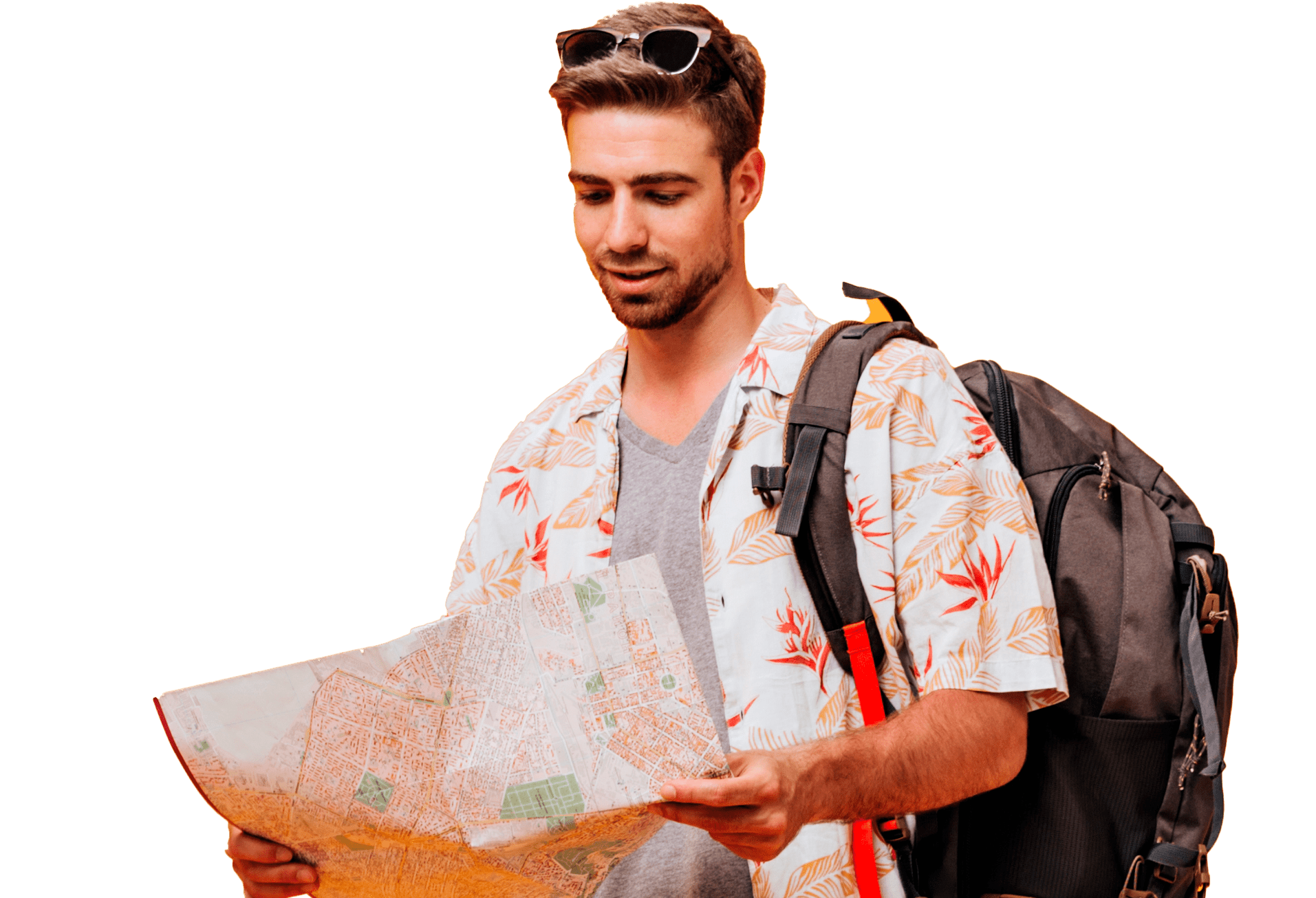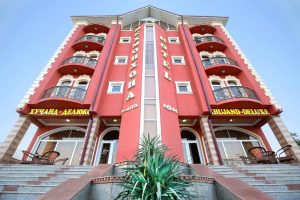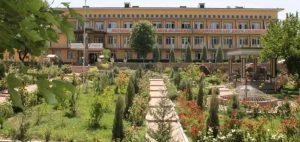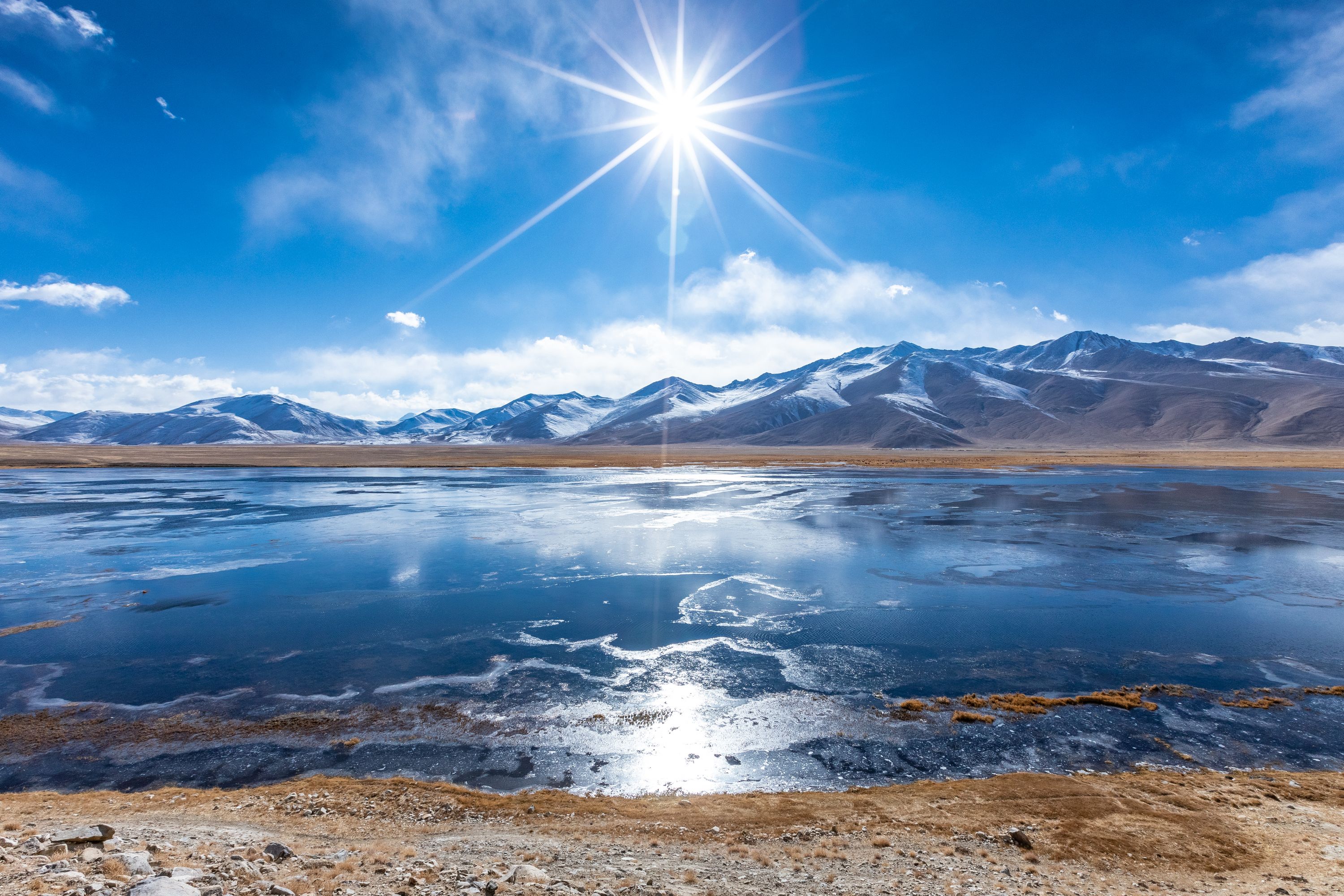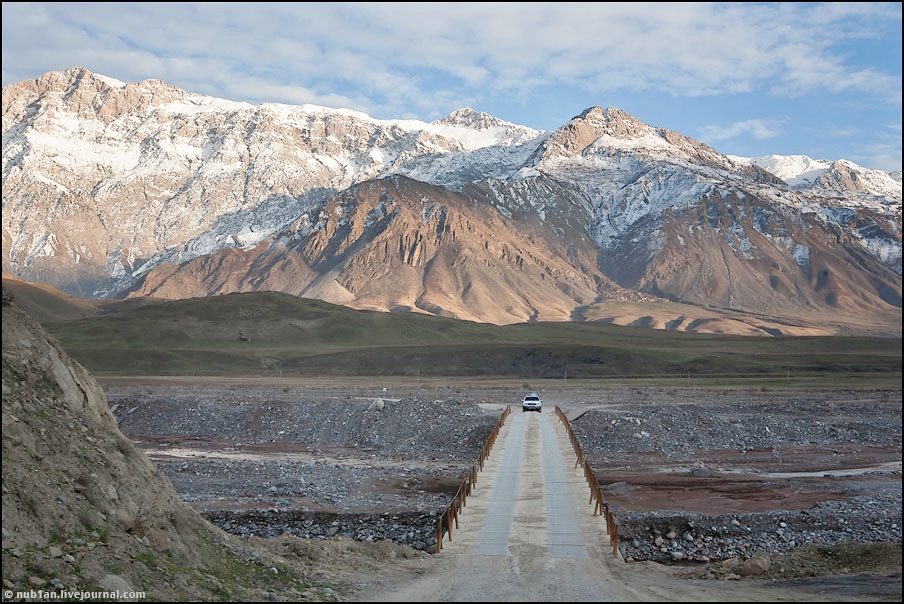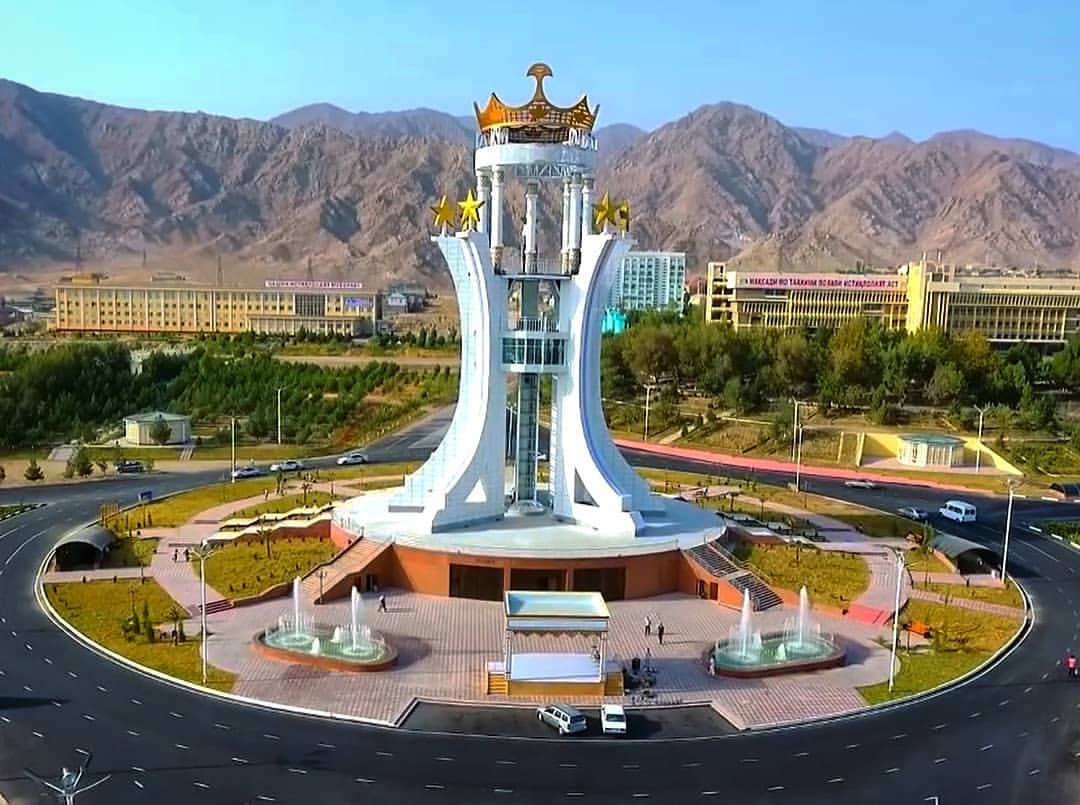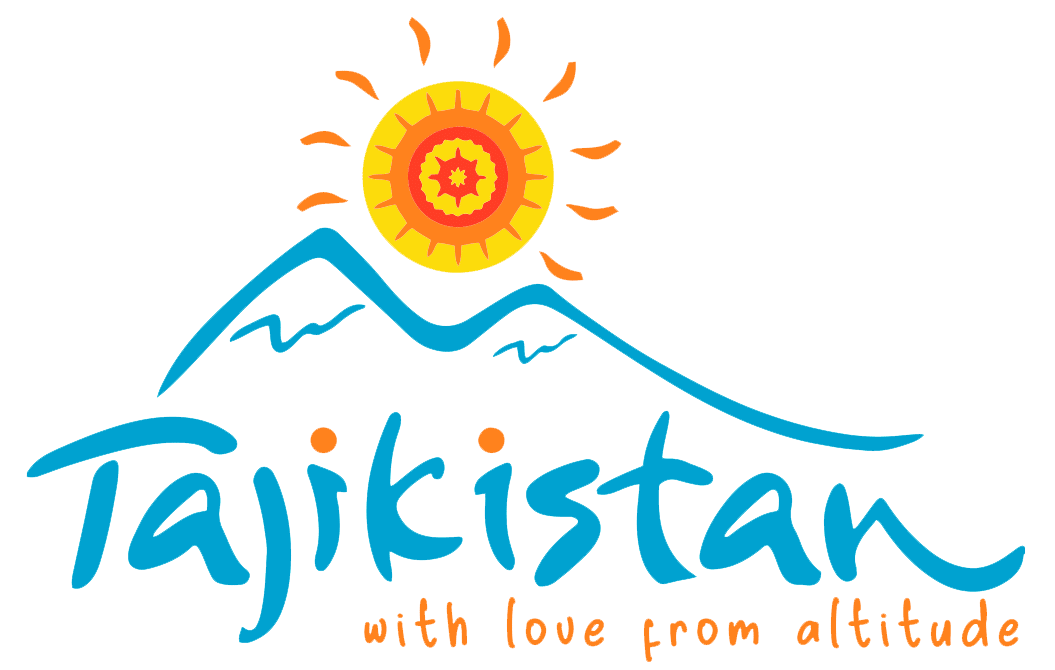The foundation of the museum’s exhibitions is materials found during the excavations within 60 years by the Institute staff.
Its collection of finding exhibits includes more than five thousand items: rare specimens of ceramics, stone, metal, glass, jewelers, household items, sculptures and paintings. There is a “Rare Treasure” made of gold and a set of gold, silver, bronze and copper coins is exhibited. The oldest exhibits of the museum are the finds from the Kuldara camp, which dates back 950 thousand years BC.
The museum is proud of the Neolithic and bronze artifacts which has been discovered in the ancient city of Sarazm, and is included in the UNESCO World Heritage List.
The Hellenistic finds discovered in the Ozus Temple in the town of Takhti Sangin, on the banks of the Amu Darya river, are among the rarest. Among them there is a statue of Alexander the Great in the image of Hercules, a plaque with a picture of a hunting scene and other artifacts made of elephant bone, and samples of world masterpieces. The small statue of the goddess of war – Marcia, as well as fragments of sculptures and architectural remains have a special value. The finds from the Amu Darya temple are an example of a combination of two cultures – local and ancient Greece.

The wall-paintings of ancient Panjakent – V-VIII centuries AD, which are part of the golden treasure of the world civilization, are displayed in the museum. The beauty of this collection is the image of “Udnavoz girl”, which has been repeatedly exhibited in the world-famous museums.
The wall-paintings of Bunjikat, Ajinateppa, Kofarnihon Fortress and Hulbuk are also noteworthy. The audience will be amazed by the carvings of high artistic interest, with scenes from the stories from “Shohnoma” by Firdavsi from the palace of the kings of the early medieval Bunjikat. Buddhists from around the world visit one of the most unique examples of the ancient art.
The Buddha is housed in a nirvana, about 13 meters in size, made of clay, and on the second floor of the museum.
The museum is located in the center of Dushanbe in a two-storey building. The fund of the museum is enriched mainly due to the annual expeditions of the Institute of History, Archeology and Ethnography named after Ahmadi Donish of the AS RT and joint international excavations with the participation of Russia, France, Germany and Italy.
